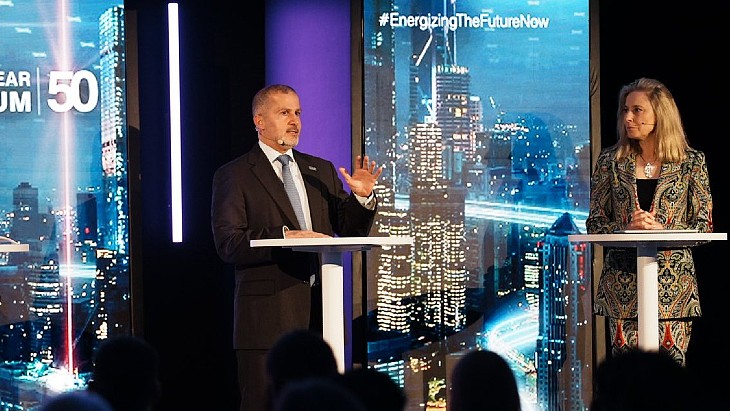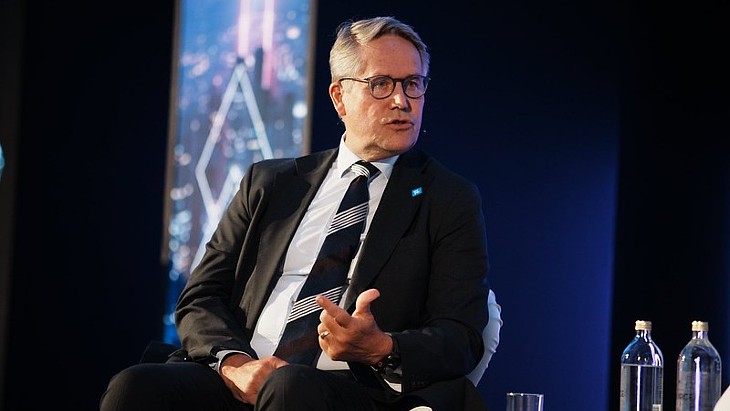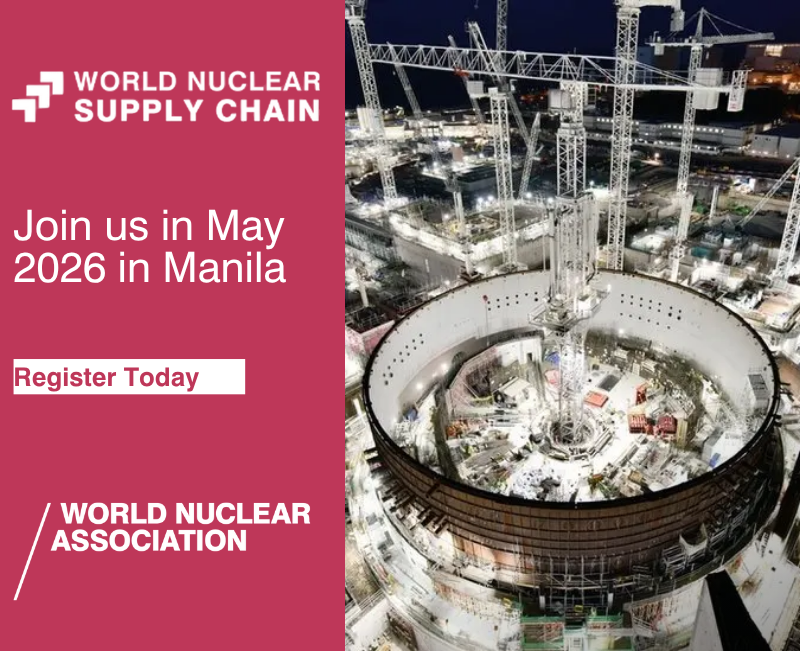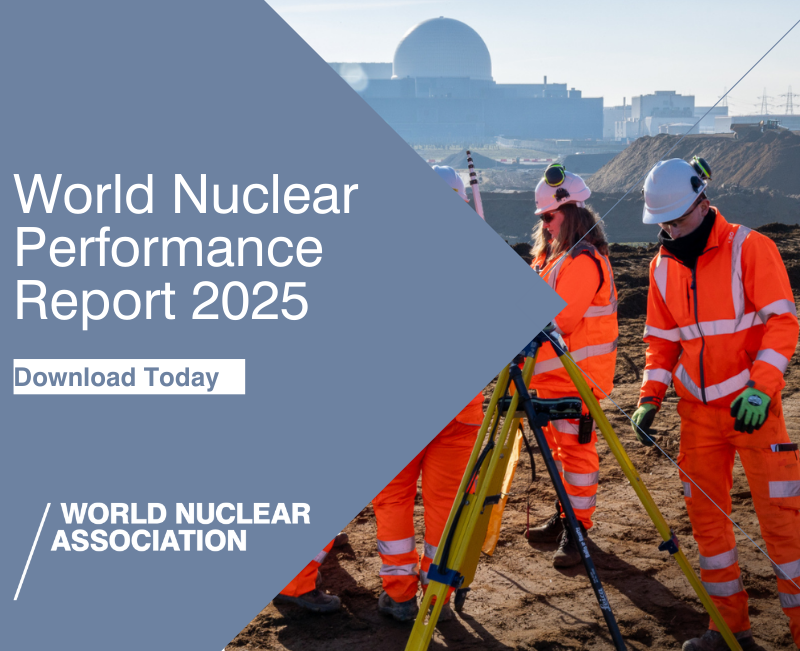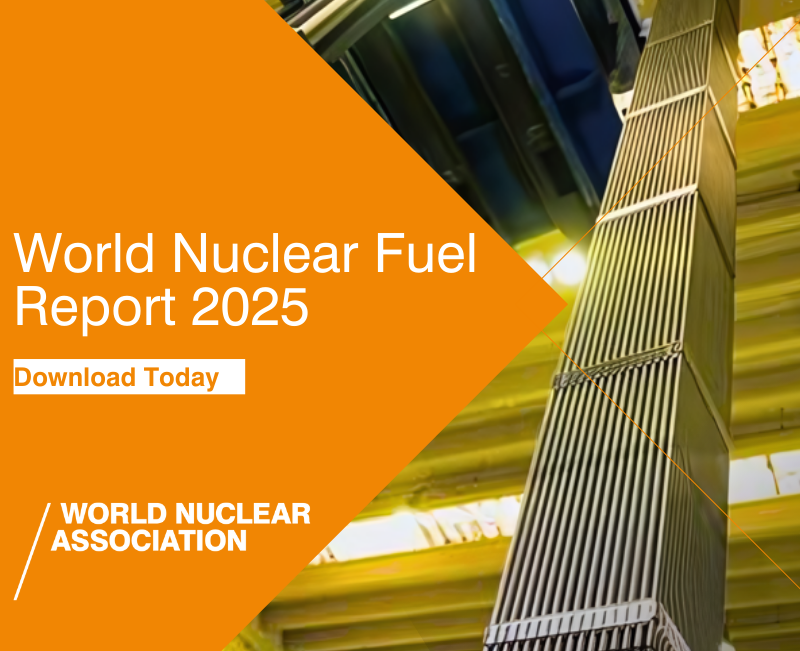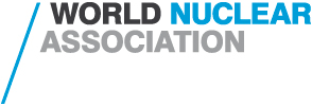The memorandum of understanding covers three areas: studies regarding the fuel required for the reactor, with a view to ensuring both efficiency and safety; the development of new materials capable of withstanding the extreme conditions in space; and the use of additive manufacturing for reactor components.
Framatome said that "with the equivalent of 14 Earth-days of darkness each lunar night and temperatures of -130°C on the lunar surface, nuclear power will give us the means to stay for extended periods in space by providing a a safe, reliable long-lasting source of energy".
Grégoire Lambert, Vice President of Framatome Space, said: "The overall success of such developments will require different European competencies; we are happy to be part of the adventure."
Alessandro Dodaro, Director of ENEA's Nuclear Department, said: "Pooling and integrating our expertise together with Framatome is a stepping stone for increasing the international outreach of our activities on surface nuclear reactors, which is a precondition for success in such a complex technological endeavour. Furthermore, the collaboration will enable the development of even more competitive technical solutions so to push further the industrial maturity of the sector."
There are a number of different projects looking at using nuclear technology to power future infrastructure and settlements on the Moon, with Framatome saying: "This agreement marks an essential stage in space exploration and the sustainable use of lunar resources. Increasing the technological maturity of nuclear reactors for surface applications will widen Europe's portfolio of knowledge and capabilities, a vital asset in the race to return of humans to the Moon and in preparing for future voyages to Mars."

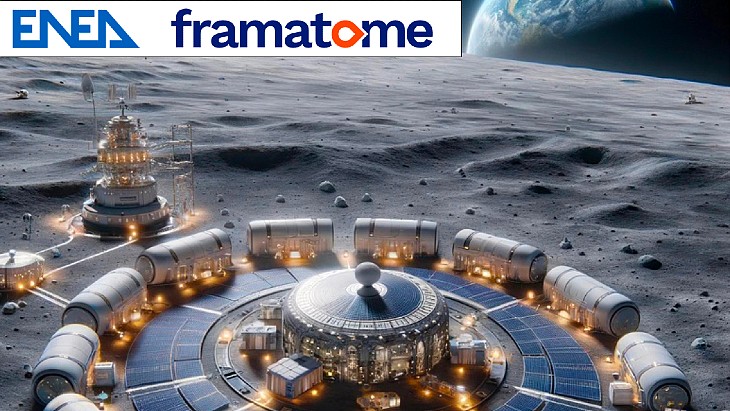



_33584.jpg)
_82983.jpg)
_49382.jpg)
_34792.jpg)
